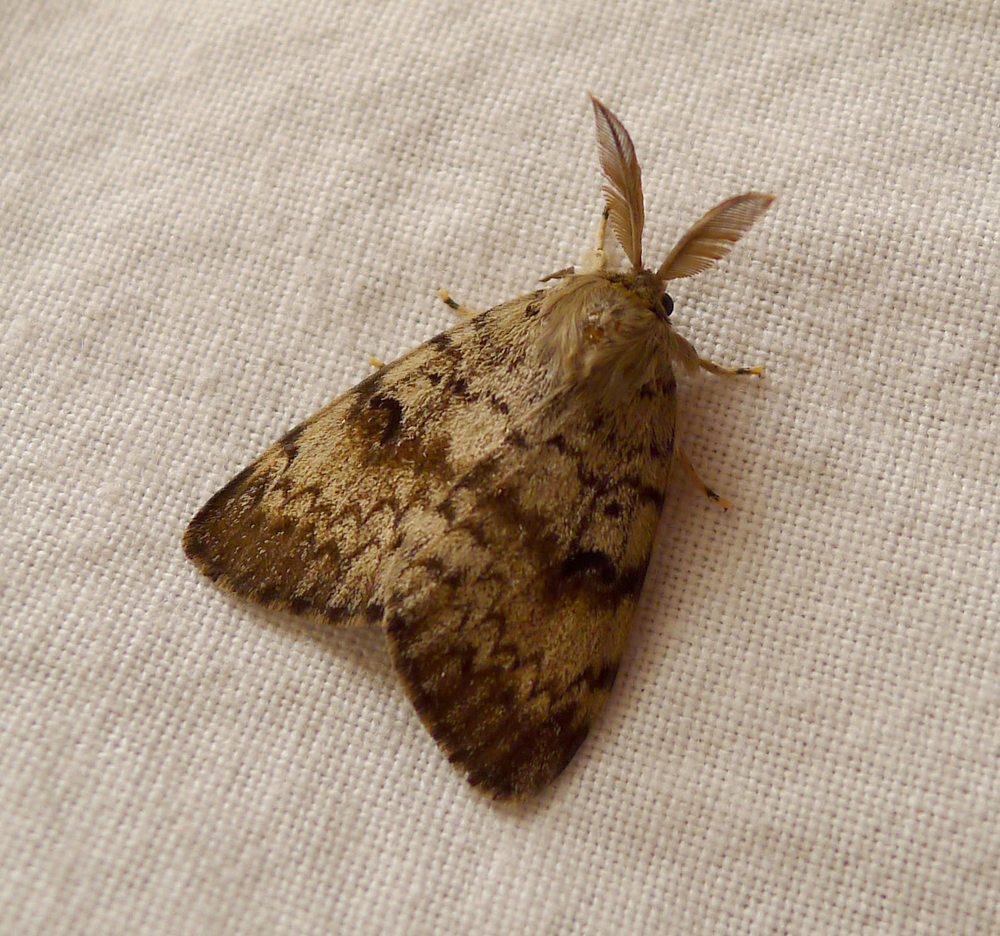holistic management of emerging forest pests and diseases
Science for Environment Policy: Researchers create BITE (the Biotic disTurbance Engine)
The European Commission’s news alert service Science For Environment Policy has issued its latest newsletter with an article titled "A new approach for simulating potential impacts of fungal, insect and mammal pests on European forest ecosystems".

European Gypsy Moth; source - gailhampshire from Cradley, Malvern, U.K
The researchers created "BITE", (the Biotic disTurbance Engine), which predicts the impacts, and dynamics of pests and pathogens. It can be used flexibly with and without certain data, and coupled with many existing vegetation models. In this particular case, BITE was paired with iLand, an "individual-based forest landscape and disturbance model.
As a result, BITE produced three patterns to illustrate how the model functions:
- the impact on host vegetation (mortality or browsing rate (i.e. amount of feeding on leaves of woody plants));
- spatial patterns of pest/pathogen spread from a single point of introduction;
- patterns of pest/pathogen dynamics over time;
- After that, the scientists prepared the model for six very different biological forest disturbance agents and then evaluated the impacts of these pests on forest disturbance individually.
In conclusion, BITE accurately simulated mortality from root rot and gypsy moth - slightly underestimating the impacts of these forest pests. But the results show that tree mortality from ash dieback and gypsy moth was higher than background mortality. All that leads to the inference that BITE simulations provide an accurate prediction of the impacts and population dynamics of novel and well-known invasive forest pathogens/pests over time and space.
The text is based on an publication by Honkaniemi, J., Rammer, W. and Seidl, R., called "From mycelia to mastodons — A general approach for simulating biotic disturbances in forest ecosystems", published in the Environmental Modelling & Software journal.
The study is very relevant to HOMED, due to the fact that both, the project and the article, tackle issues to preserve forest health and help policy and decision makers to create more sustainable and green oriented bills. In other words, to foster the implementation of EU plant and animal health policies, offering scientific, technological and managerial advances.
You can read the full article here.